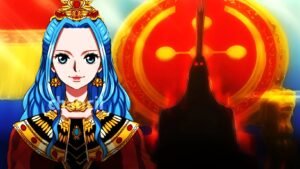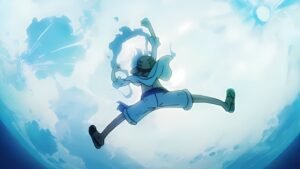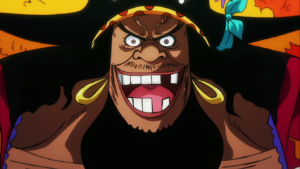The recent depiction of Imu’s transformation in Episode 1119 of One Piece provided subtle but notable differences compared to Chapter 1085 of the manga, sparking intriguing fan theories. One particular detail that stood out was Imu’s four-fingered hand, which bears a resemblance to a frog or salamander-like creature. After diving deep into mythical creatures and ancient symbols, two prominent theories have emerged regarding the inspiration behind Imu’s transformation.
Theory 1: Imu as the Egyptian Frog Goddess Heqet
Imu’s transformation, particularly the hand structure, led me to explore various frog-like mythical figures. A fascinating connection was found in Heqet (also spelled Heket), an ancient Egyptian goddess of fertility often represented as a frog. This connection starts to make sense when you consider Heqet’s role in mythology and how it parallels with Imu’s portrayal in One Piece.
In ancient Egypt, frogs were symbolic of fertility, creation, and rebirth, largely due to their association with the annual flooding of the Nile, which brought fertility to the land. Heqet, as a frog goddess, was also closely tied to creation myths. Similarly, the Gorosei refer to Imu as the “creator of the world” in One Piece, which mirrors Heqet’s vital role in creation mythology. Furthermore, the constant flooding theme in One Piece, including the Red Line and the mysteries of the sea, might also draw inspiration from the significance of the Nile floods.
Heqet was also associated with Hathor, another major Egyptian goddess, who was often depicted as a sky deity. Hathor was the consort of the sun god Ra and was also associated with fertility and creation. This ties directly into Imu’s possible connection to the Sun God Nika in One Piece. Like Hathor, who is tied to Ra, Imu might be linked to Nika, symbolizing a powerful ancient connection between Imu and the sun god.
Lastly, Hathor is often depicted with a tall crown, much like Imu’s regal appearance, and is described as the “mistress of the sky” and the “mistress of the stars.” This is particularly intriguing when we consider that Imu has control over Uranus, a weapon of sky-related destruction. This potential alignment with ancient Egyptian deities suggests that Imu’s transformation could be inspired by the mythical frog goddess Heqet or a similar deity.
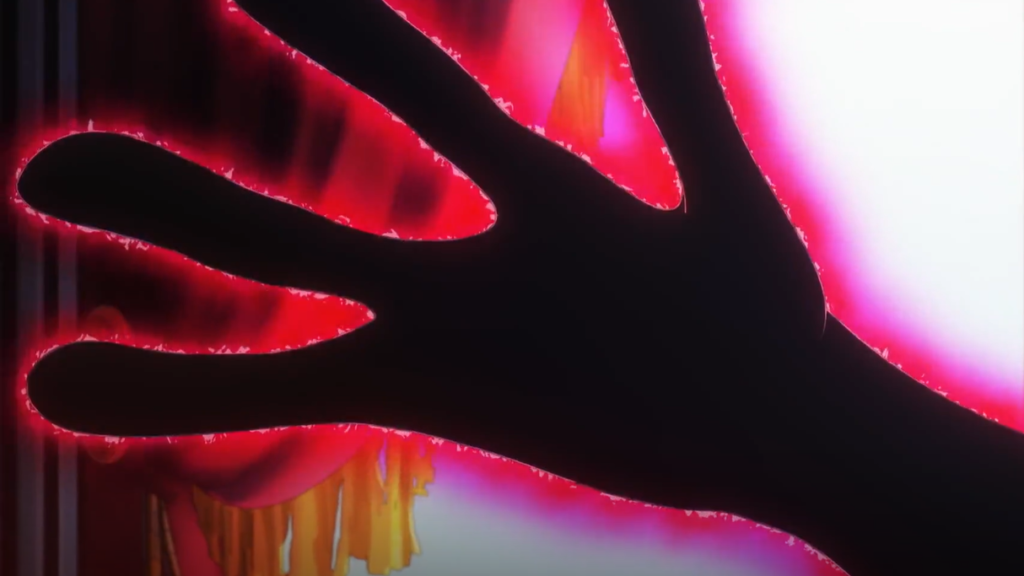
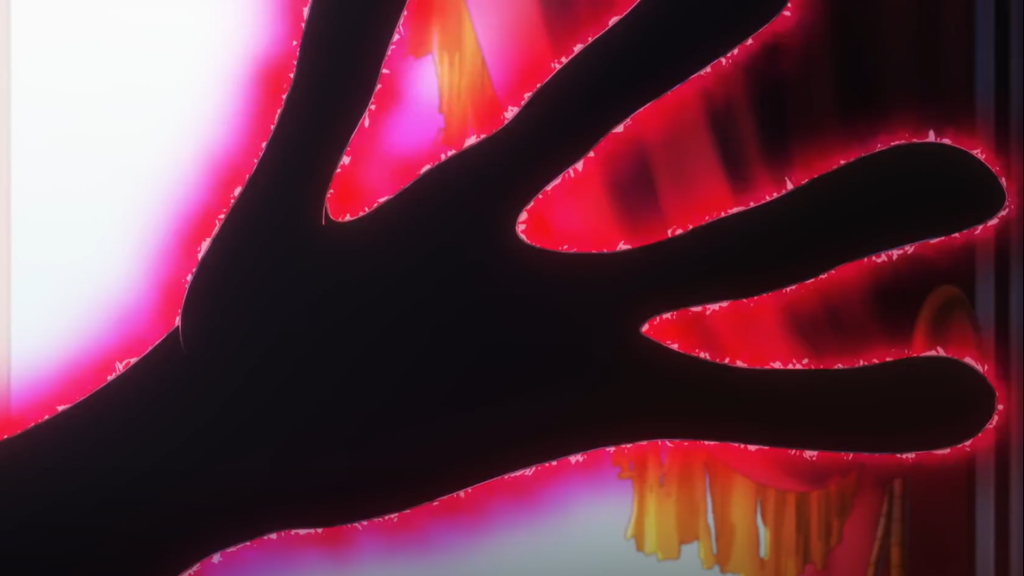
Theory 2: Imu as the Salamander Yokai Hanzaki
The second theory draws inspiration from Japanese mythology, specifically the Hanzaki yokai, which are monstrous versions of the Japanese giant salamander. These salamanders are known for their large size, rough skin, wide mouths, and eerie appearance. There are distinct parallels between Imu’s transformation and the salamander’s physical traits.
One of the standout features of Imu’s transformation is the four-fingered hand, which aligns with the anatomy of a salamander. Additionally, salamanders possess wide, gaping mouths, which closely resemble the terrifying jaws seen during Imu’s attacks. Salamanders, like frogs, also have an extending tongue, which could explain the arrow-like tongue we saw in Imu’s confrontation with Sabo.
The salamander’s aggressive nature and monstrous size fit well with Imu’s portrayal as a formidable and otherworldly being. Additionally, salamanders are amphibious, living both in water and on land, which could symbolize Imu’s potential control over vast territories, including the seas and the skies in One Piece. The salamander’s ancient significance in Japanese folklore as a yokai known for its supernatural powers further strengthens this theory.
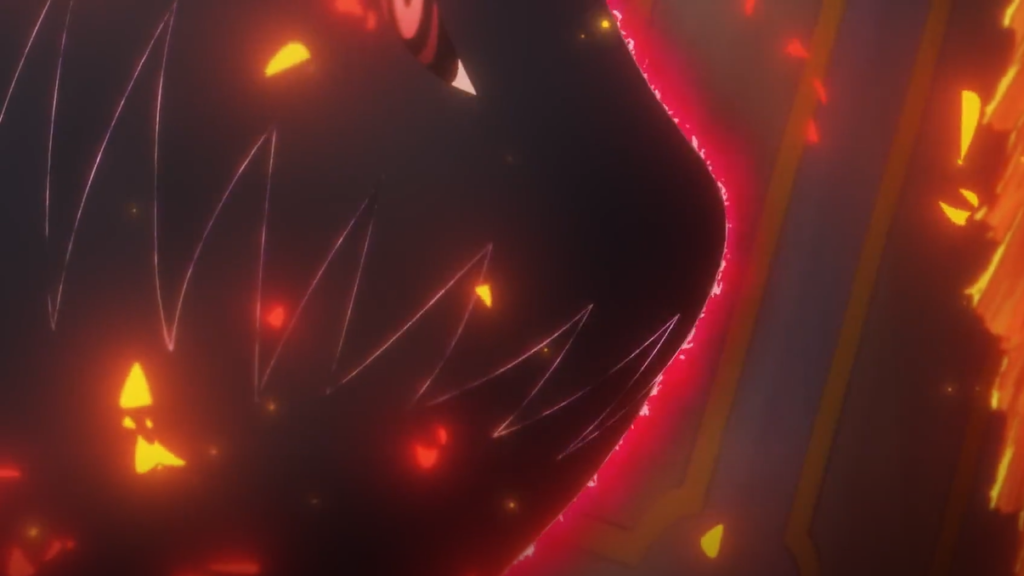
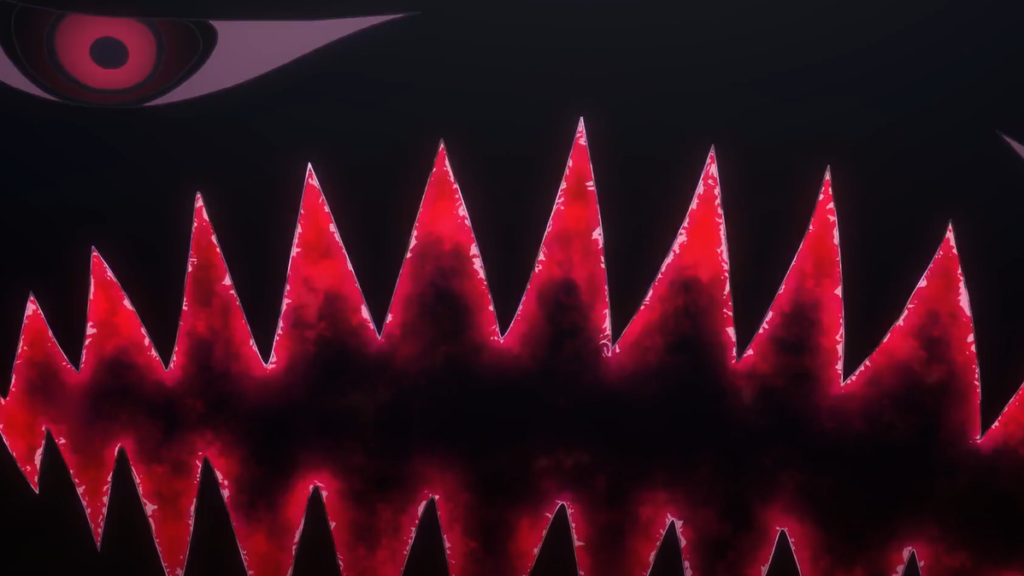
Conclusion: A Deeper Mystery Behind Imu’s Transformation
Both the Egyptian frog goddess Heqet and the Japanese salamander yokai Hanzaki provide fascinating insights into Imu’s transformation. Whether Oda drew inspiration from Egyptian mythology or Japanese folklore, there’s a clear emphasis on ancient, powerful creatures that symbolize creation, destruction, and dominance.
The connections to these mythical figures also align with the larger themes of One Piece, particularly Imu’s role as the “creator of the world” and the mysterious power that he wields over the forces of nature. While neither theory can be definitively proven, both offer exciting possibilities for what Imu’s true nature and abilities could be.
As we continue to explore the mysteries of Imu and the ancient world in One Piece, fans are sure to speculate further. Whether Imu is inspired by a frog goddess, a salamander yokai, or some other ancient mythological being, one thing is certain: Oda has once again crafted a character whose origins are deeply rooted in symbolism, myth, and intrigue.

